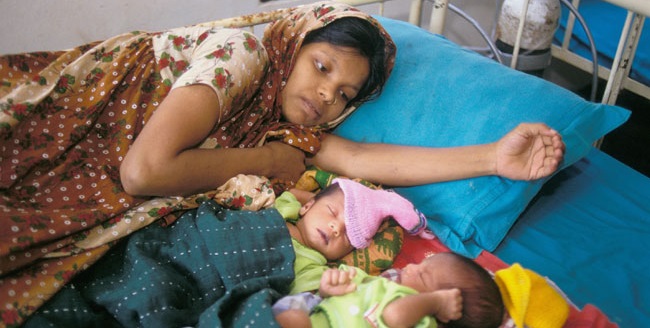As the 2014 FIFA World Cup comes to a close this weekend in Brazil, many will focus their attention on scoreboards and statistics. This attention should instead be on the violence, the crimes, the civilian protests, the destruction of neighbourhoods, and the consequent evictions from family homes. Conditions for the lower classes in Brazil are only deteriorating.
A significant portion of Brazil’s citizens live in shanty towns, or favelas. According to the 2010 Census, 6% of Brazil’s population, around 11.25 million people, live in favelas across the country.Rocinha, close to Rio de Janeiro, is Brazil’s largest favela and according to unofficial estimates there are close to 180 000 people living in the favela, compared to 70 000 people in the official 2010 Census estimates.
Rio de Janeiro’s favelas first appeared in the late 19th century. From their first appearance they have been considered as dangerous territories, illegally occupied by freed slaves, decommissioned soldiers and poor immigrants from northeastern Brazil, and have been dominated by armed gangs of drug traffickers. Property rights are largely undocumented and construction is mostly unregulated. This ongoing expansion of the favelas, and their irregular and unregulated nature, means these areas often lack basic services. Residents make illegal connections to electricity, water, sewage and cable television services. A large proportion of residents work informally without proper documentation, matching unregulated housing with unregulated jobs. As can be noted from this description, favelas are highly stigmatized; they are understood as places for thieves, drug traffickers, and violent crime.
A program between the federal, state and municipal governments has resulted in a collaborative set of policies that have begun to transform specific and strategic communities. With this policy program the Brazilian government introduced a “pacification” program, a policy of police occupation aimed at regaining control of the territories from drug gangs and violent crime. The program, Pacifying Police Units or UPP, began in 2008. There are four stages in the UPP process: collection of data and information, occupation of territories by special forces to drive drug traffickers out, subsequent occupation by UPP forces in these territories, and finally, regular evaluations of progress by community leaders, police officers, and outside parties like NGOs.
The pacification programhas faced serious difficulties in recent months, with attacks by armed groups and accusations of the disappearance of a local man in Rocinha undermining public confidence in the program. Police officers of the local UPP were accused of the disappearance of Amarildo de Souza, a bricklayer who was not seen after being summoned for interrogation by police. Some would consider these recent problems as justification to the claim that this government program is more about marketing and public relations than security. The government’s advertising campaigns focus on “freeing residents from the tyranny of drug gangs” and “economically reviving these communities.”
The violence has only increased in Brazil as a result of protests against the 2014 FIFA World Cup. Police officers are often untrained and often use unnecessary violence against protesters. Even though they claim to be there to protect the population, there is hardly any policing during the night, which only allows for more crime, as there are numerous dark alleys and streets that are neglected. So, while many report that these efforts to pacify favelas across the country are effective in dealing with drug gangs, violence has only increased.
The consequences of this policy program include the arbitrary displacement and eviction of residents and the disruption and destruction of neighborhoods. Homes are being destroyed to make way for a new and improved highway, which is part of the preparations for the 2016 Olympic Games. The government of Rio de Janeiro says they plan to demolish about 3 000 homes, but insist they are treating citizens fairly throughout this process. These favela residents are being pushed further outside the city, creating even more problems and complications for their daily lives. Both the special rapporteur of the United Nations Human Rights Council and Amnesty International have condemned the Brazilian government for its policy of evicting people from their homes.
While Brazil has much to be proud of— it is hosting both the 2014 World Cup and the 2016 Olympic Games and has one of the fastest growing economies in the world— it also has much to consider for it citizens.




